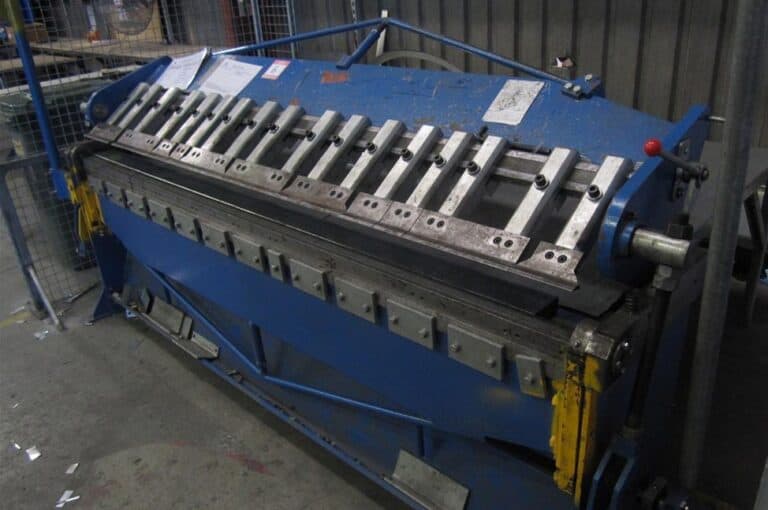After working for larger companies that take their safety seriously, Bluesafe’s documentation was on par with these companies. You’ve given us the ability to access the same sort of resources that only bigger companies have access to.
Warren Kingsley
Alstain Sheetmetal![]()







